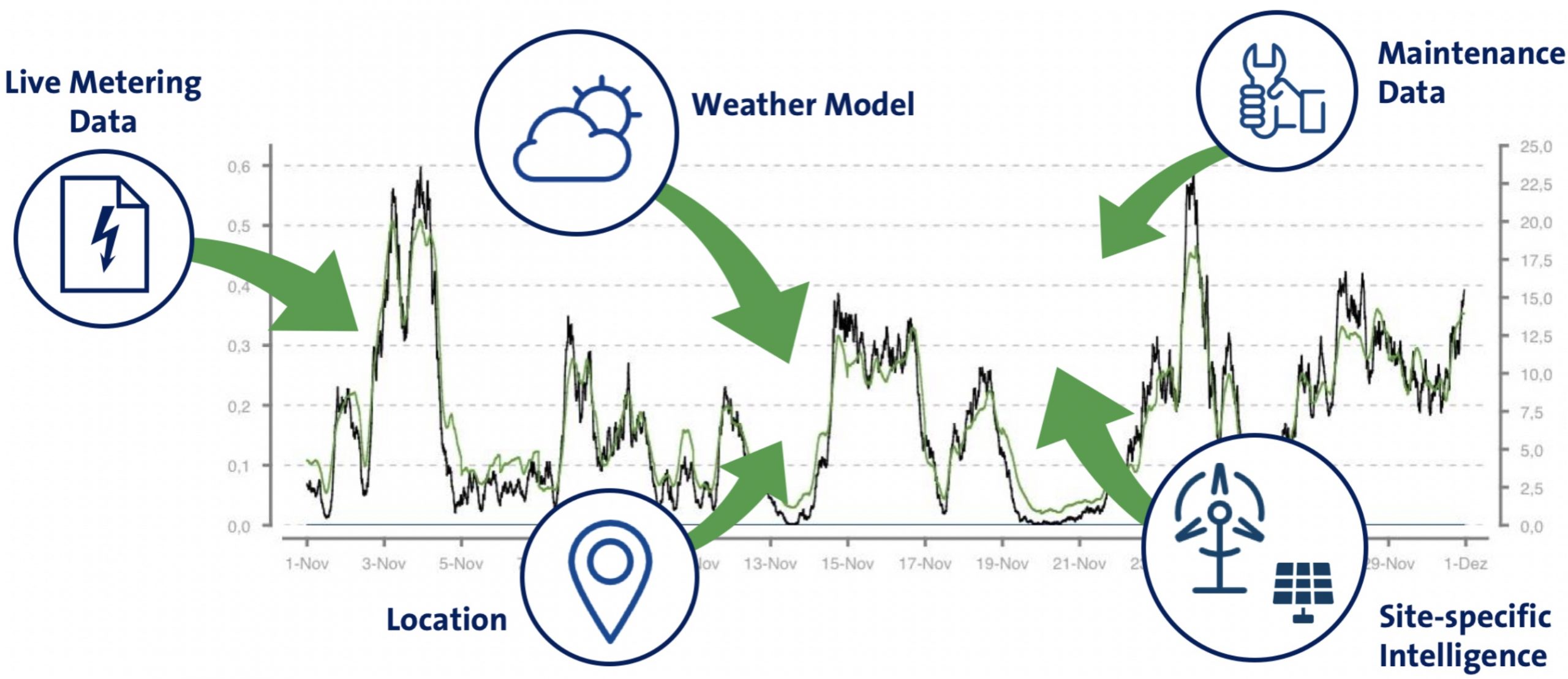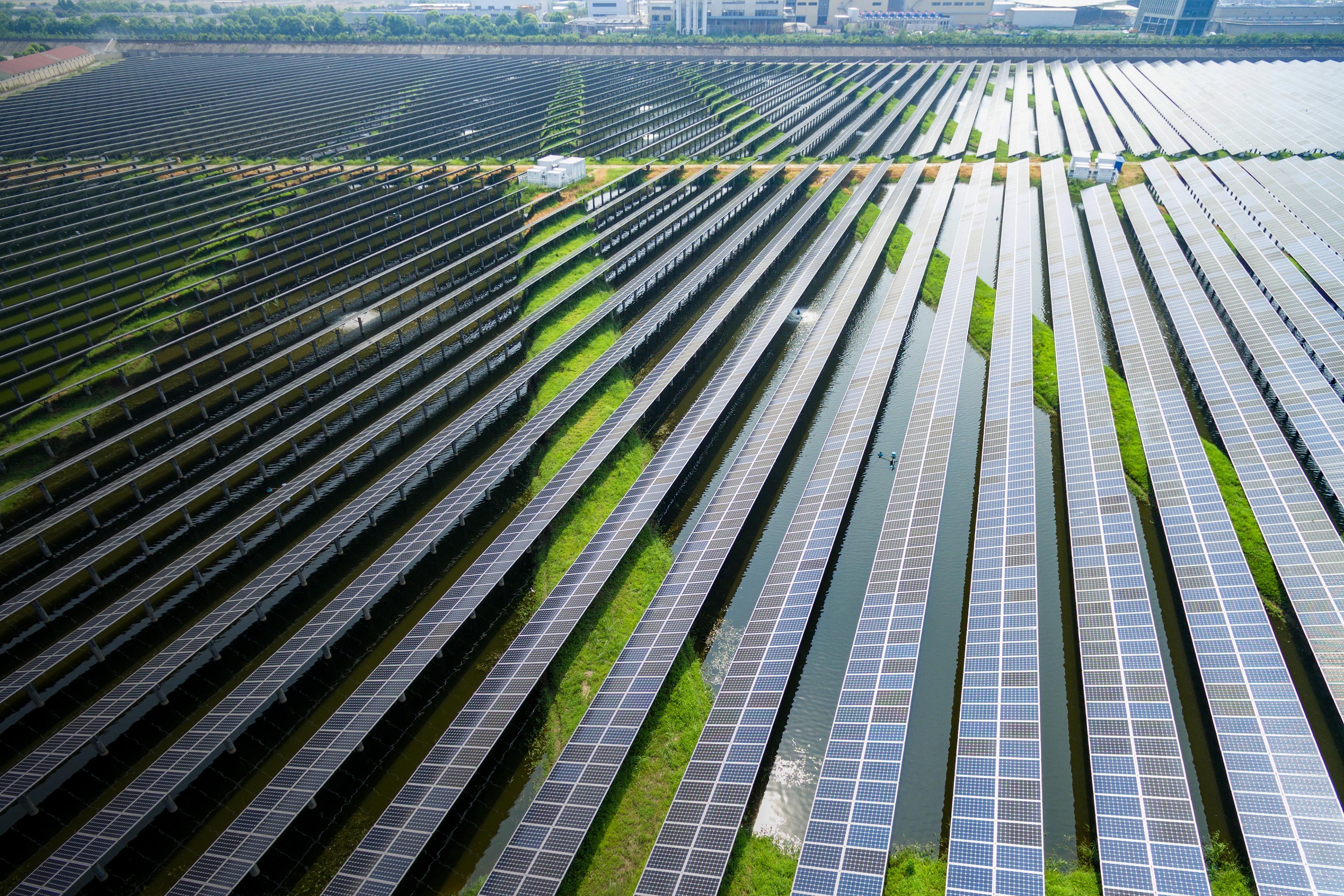
Artificial Intelligence for Renewable Energy Optimization
Renewable energy is a rapidly growing industry, and artificial intelligence (AI) is playing an increasingly important role in its optimization. AI can be used to improve the efficiency of renewable energy systems, reduce their cost, and increase their reliability.
How AI can optimize renewable energy systems

AI can be used to optimize renewable energy systems in a number of ways. For example, AI can be used to:
- Predict the output of renewable energy sources. AI can be used to forecast the amount of energy that will be generated by wind turbines and solar panels. This information can be used to plan for the integration of renewable energy into the grid and to ensure that there is enough supply to meet demand.
- Optimize the operation of renewable energy systems. AI can be used to optimize the operation of wind turbines and solar panels to maximize their efficiency. This can be done by, for example, adjusting the angle of the panels to the sun or by changing the speed of the turbines.
- Control the integration of renewable energy into the grid. AI can be used to control the integration of renewable energy into the grid to ensure that it is done smoothly and efficiently. This can be done by, for example, adjusting the frequency of the grid or by managing the flow of energy from different sources.
- Identify and resolve problems with renewable energy systems. AI can be used to identify and resolve problems with renewable energy systems, such as faults in the equipment or imbalances in the grid. This can help to keep renewable energy systems running smoothly and efficiently.
The benefits of using AI for renewable energy optimization

There are a number of benefits to using AI for renewable energy optimization. These include:
- Increased efficiency: AI can help to improve the efficiency of renewable energy systems, which can lead to reduced costs and increased profits.
- Reduced costs: AI can help to reduce the costs of renewable energy systems by, for example, optimizing their operation and identifying and resolving problems.
- Increased reliability: AI can help to increase the reliability of renewable energy systems by, for example, forecasting the output of renewable energy sources and controlling the integration of renewable energy into the grid.
- Improved environmental sustainability: AI can help to improve the environmental sustainability of renewable energy systems by, for example, reducing their costs and increasing their reliability.
The challenges of using AI for renewable energy optimization

There are also a number of challenges to using AI for renewable energy optimization. These include:
- Data availability: AI requires large amounts of data to train its models. This data can be difficult to obtain, especially for new renewable energy technologies.
- Model development: Developing AI models for renewable energy optimization can be a complex and time-consuming process. This is because renewable energy systems are complex and their behavior can be difficult to predict.
- Deployment: Deploying AI models in real-world renewable energy systems can be challenging. This is because the models need to be able to operate in real time and to adapt to changing conditions.
The future of AI for renewable energy optimization

Despite the challenges, AI has the potential to play a major role in the optimization of renewable energy systems. As the technology continues to develop, we can expect to see even greater benefits from the use of AI for renewable energy.
Some examples of how AI is being used for renewable energy optimization
There are a number of projects that are using AI to optimize renewable energy systems. Some examples include:

- The Google Wind Farm Efficiency** project is using AI to improve the efficiency of wind turbines. The project has developed a model that can predict the output of wind turbines based on a variety of factors, such as the wind speed, the temperature, and the humidity. This information is used to optimize the operation of the turbines, which can lead to increased efficiency and reduced costs.
- The Hawaiian Electric Renewable Integration** project is using AI to control the integration of renewable energy into the Hawaiian grid. The project has developed a model that can forecast the output of renewable energy sources and the demand for electricity. This information is used to control the flow of energy from different sources, which can help to ensure that the grid is stable and reliable.
- The European Solar Rooftop** project is using AI to identify and optimize the potential for solar energy in Europe. The project has developed a model that can assess the amount of solar energy that can be generated from a given roof. This information is used to help homeowners and businesses make decisions about whether to install solar panels.
These are just a few examples of how AI is being used to optimize renewable energy systems. As the technology continues to develop, we can expect to see even more innovative and effective ways to use AI for this purpose.
Conclusion

Renewable energy is a key part of the fight against
Post a Comment